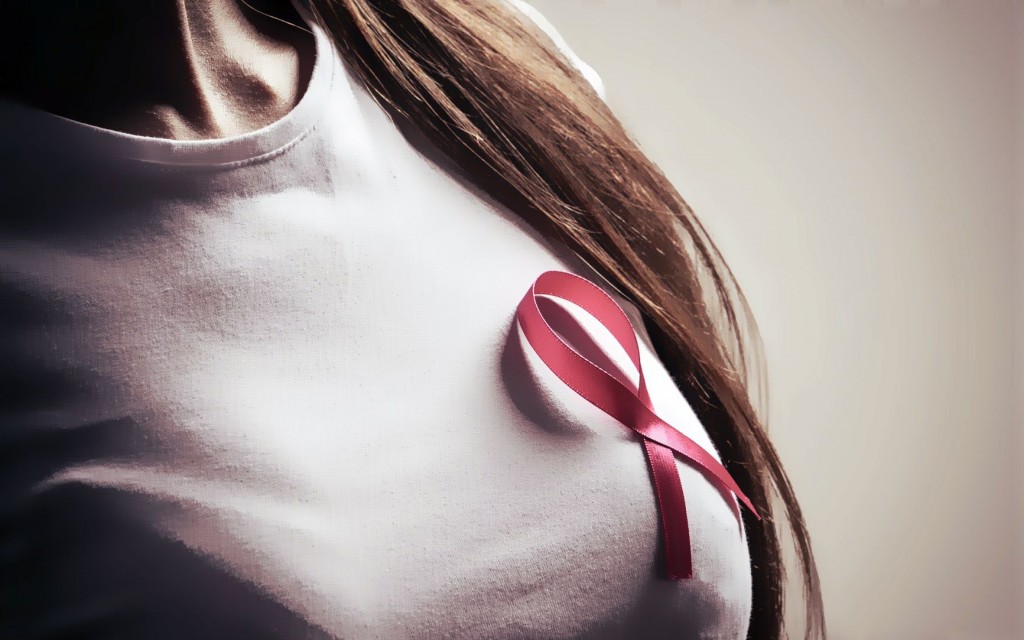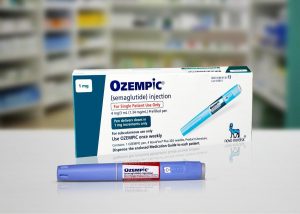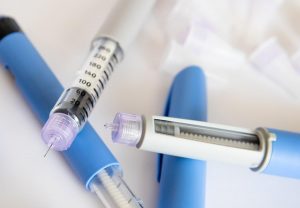OCTOBER IS BREAST CANCER AWARENESS MONTH — also known as “Pinktober.” This nickname is derived from the annual proliferation of pink ribbon products that promise to raise awareness about the disease and money for research.
Pinktober has come under fire by a number of advocacy groups and individuals with valid criticisms concerning the “cause marketing” approach to fundraising as well as the dominant messaging put forward during Breast Cancer Awareness Month. Acknowledging these critiques, however, doesn’t mean that there are no meaningful ways to support efforts against breast cancer. Below, I’ll examine the problematic nature of common Pinktober efforts, then consider ways we can effectively and responsibly participate.
Pinkwashing
Pink ribbon products seem to provide consumers with a convenient way to contribute to the cause. “Cause marketing” describes the relationship formed between companies and causes that is designed to be mutually beneficial: Companies donate a portion of their profits to research and programming that addresses the cause, and this philanthropic work encourages consumers to purchase more products from the company.
But cause marketing isn’t always a win-win. Breast Cancer Action, a national grassroots advocacy and education organization, coined the term “pinkwashing” to describe the problematic nature of cause marketing as it plays out during Breast Cancer Awareness Month.
As part of their Think Before You Pink campaign, Breast Cancer Action released some surprising, and cautionary, information about pink ribbon products, including:
- Some companies display pink ribbons on their products to indicate that the products are free of toxins known to raise breast cancer risk, and no donation is made to breast cancer programs;
- Outrageously, some pink ribbon products contain carcinogens, substances known to increase the risk of cancers and a host of other serious health problems (in 2013, a long list of beauty brands supposedly supporting efforts against breast cancer were exposed for using cancer-causing ingredients);
- Some companies set an arbitrary cap on the amount they will donate to the cause. If that amount has been reached, a portion of your purchase will not be donated;
- Some companies give a flat-rate donation to breast cancer programs. In this case, your purchase will not affect the total amount donated;
- Not all charities and research organizations are as effective as they could be. It can be hard for consumers to track down where the money from pink ribbon purchases is going, and what type of work it is contributing to.
While it would be nice if purchasing products with pink ribbons was an effective way to contribute to breast cancer research and programs, it turns out that’s often not the case.
What is more, cause marketing may actually serve to decrease the total amount of money donated to breast cancer programs. A number of recent studies indicate that making purchases from companies that donate to causes tends to result in fewer direct donations from individuals. That’s because consumers tend to count their purchase as their donation. The amount of money going toward breast cancer programs from the purchase of a pink ribbon product — if any — is often far less than an individual would directly donate to an organization. This translates into less money overall being raised.
One final criticism I’ll note in relation to pink ribbon products is the idea that, psychologically, the emphasis on donating to charity may discourage being proactive against the disease oneself. But one of the best things each of us can do for the cause is to take preventative measures against the disease, and that starts with ourselves. Education and proactivity should be just as much a part of Breast Cancer Awareness Month as raising money for research and programs.
Messaging Problems
The dominant messaging around Pinktober is problematic because it’s misleading and incomplete. What kind of awareness is being spread during Breast Cancer Awareness Month? We all know breast cancer exists. The types of awareness that are primarily emphasized each October are awareness of the need for research and for early detection.
“Early detection is your best protection” – one of the most popular mantras of Pinktober – demands the lion’s share of priority, while downplaying and obscuring the importance of prevention. There is much debate in the medical field over the utility of routine mammography screening, whether its harms (false positives and unnecessary treatment) outweigh the benefits, how often women should receive screening, and at what age. A slew of studies with conflicting results haven’t clarified matters.
But what is known is that early screening does not help all women with breast cancer. Writing for New York Times in 2011, Tara Parker-Pope explained that there are four types of breast cancer: slow-growing cancers, aggressive and more fatal cancers, those that would fizzle out and cause no harm, and deadly cancers whose outcomes can be changed if caught at the right time. Only those with the fourth type of cancer are helped by mammography screening; the first type is treatable even when caught later, the second type is often fatal with or without early detection, and the third type leads to overtreatment. Dartmouth researchers concluded that mammography screening saves between 3-13% of the 60% of women whose cancer was detected by screening. That means about 4,000 to 18,000 people out of 138,000 per year whose cancers are detected by screening can attribute their survival to the test.
This in no way suggests that mammography, or self-exams, for that matter, are useless or unimportant; rather, they should not be portrayed as the crux of treatment, and they often are not “your best protection.” While early detection has a rightful place in Pinktober efforts, it should not replace or obscure raising awareness about prevention and risk factors. The common refrain misleads people into thinking that early detection saves everyone, and it certainly does not.
Surely, more research is needed to understand the causes and effective treatments of breast cancer. But what we’re not generally made aware of during Breast Cancer Awareness Month is the kind of research that is badly needed but underfunded. Metastatic breast cancer – the type that spreads to other areas, such as the lungs, brain, liver, and/or bones — accounts for nearly all breast cancer deaths. Only about 7% of total breast cancer research funding by major governmental and non-profit funders in the UK and US is dedicated to this type of cancer, according to the Metastatic Breast Cancer Alliance. Nearly 30% of people who are diagnosed with breast cancer will eventually develop metastatic cancer and die.
Finally, some of the key words used in breast cancer messages – “survivors,” “fight,” “beat,” and “cure” – are also misleading. They give the impression that those whose cancer is treated or in remission are done with the disease, when there’s a chance that the cancer will recur, in more deadly form, as metastatic cancer. It also gives the impression that those who experience a recurrence and those who die have “lost” or “failed” in some way. For many of those currently living with, and dying of, breast cancer, this type of messaging is isolating and degrading.
An effective, meaningful breast cancer awareness initiative needs to increase awareness of risk factors, prevention methods, types of cancer, and areas of cancer research and programming that are underfunded. It also needs to treat breast cancer like the complex disease it is and provide support for people affected in diverse ways.
What You Can Do
Educate yourself.
By getting informed about breast cancer, its risk factors, and prevention methods, we can work to reduce our risk of developing the disease. Check out the following great resources:
- Bright Pink’s risk reduction page for evidence-based lifestyle changes that can reduce your risk;
- Cancer.gov’s risk assessment tool
- Breastcancer.org’s guide to breast self-examination
- Breast Cancer Action’s page on environmental and social factors of breast cancer risk
- Breastcancer.org’s pages on cancer-causing chemicals in cosmetics, sunscreen, plastics, lawn and garden products, food, and water.
Spread the knowledge.
You can use your social media accounts to share helpful, accurate information about breast cancer.
Donate directly to organizations in line with your values.
Given the problematic nature of cause marketing, it’s best to donate directly to the organization of your choosing (or at least not to replace direct giving with pink ribbon purchases). Important questions to ask yourself are: Do you want to support research into causes of breast cancer? Prevention methods? More effective treatments? Programs that contribute to the quality of life of people with cancer? Treatments for those with metastatic breast cancer? Education programs?
Once you find organizations that target your desired area of research or programming, ask the following about the organizations: How much of your contribution will go toward the research or programming, as opposed to advertising, salary pays, and general “awareness”-raising? Do they have an established record of useful research or effective programming? Use sites like Charity Navigator, GreatNonprofits, and Philanthropedia to assess the effectiveness of the organization.
For inspiration, check out this Time article that recommends five charities and provides information on their missions and spending.
Think before you pink.
If pink ribbon purchases will be part of your Pinktober activism, use Breast Cancer Action’s guide for making sure your contribution matters.







-300x169.jpg)


-300x221.jpg)






